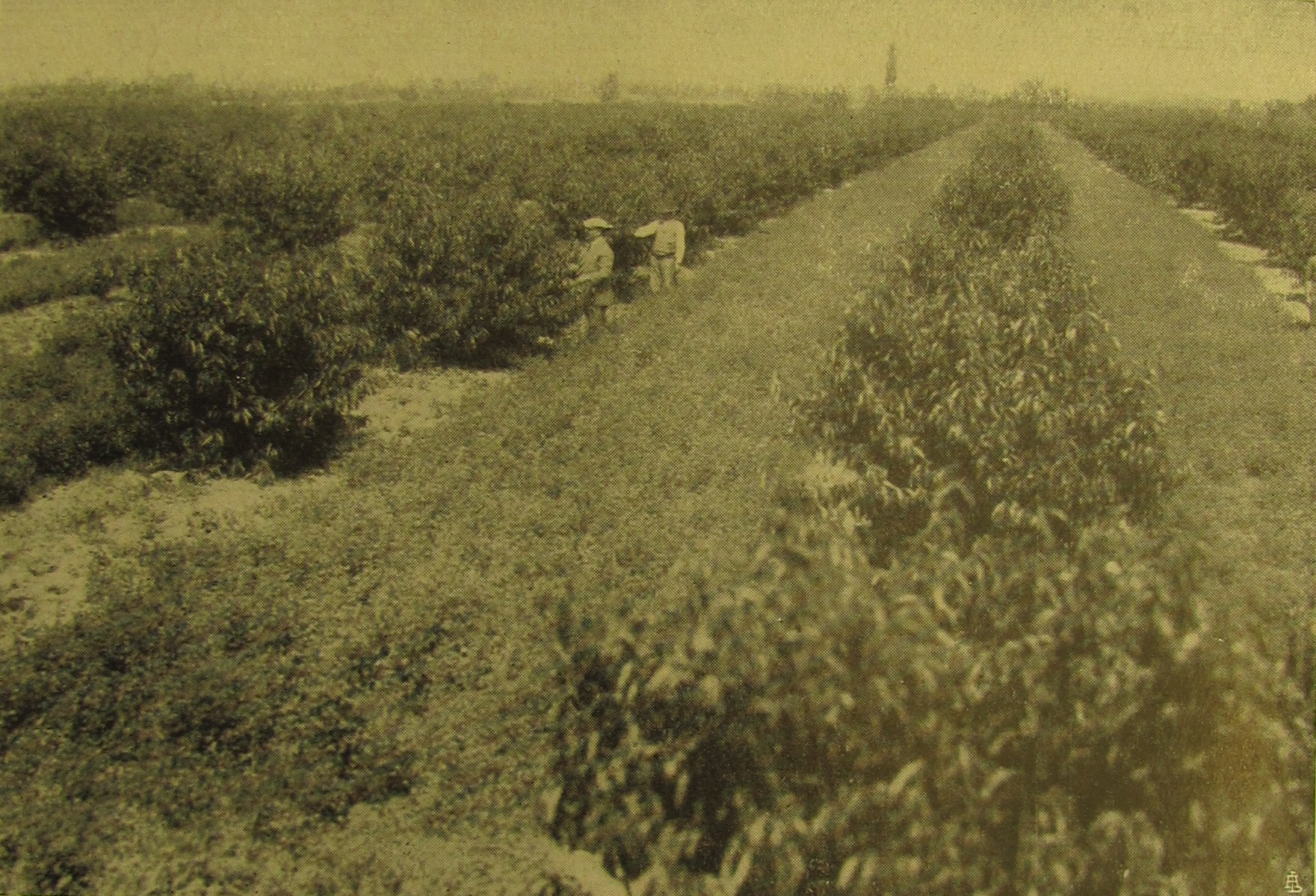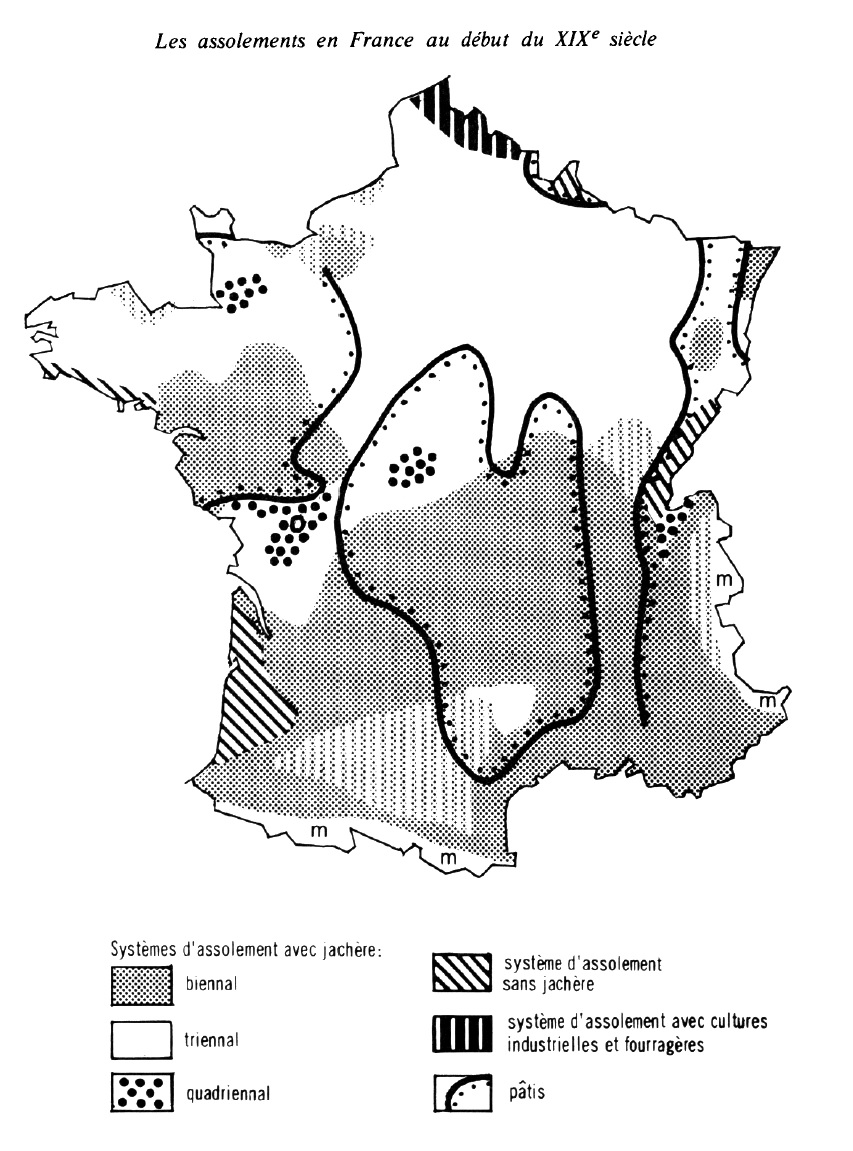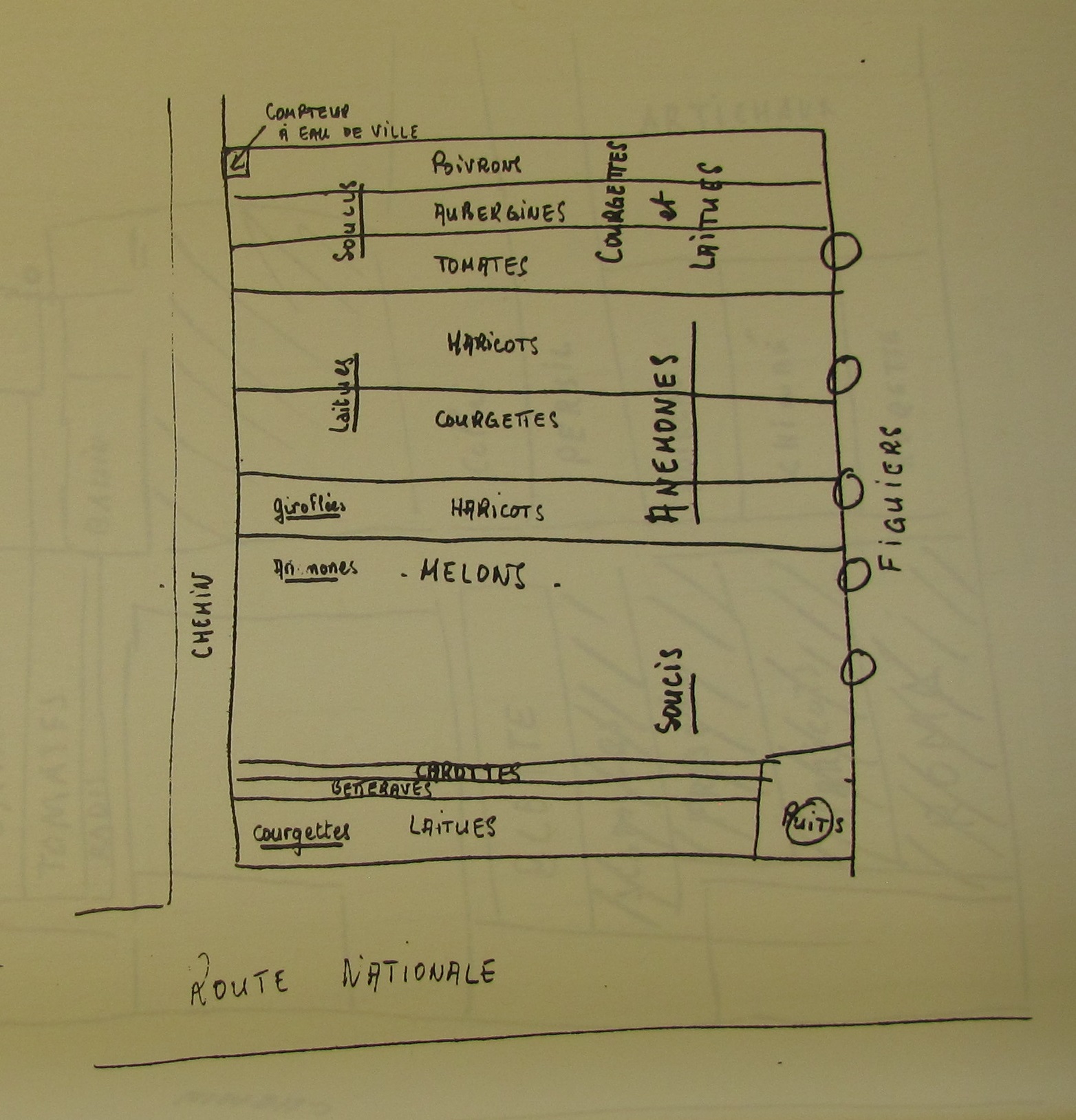
Rethinking agricultural specialization
The management of diversity – related to human activities and plant-animal interactions – has ensured both the stability and the transformation of a great variety of farming systems in different geographical and historical contexts. Building on diversity and ecological interactions, human societies have managed locally available resources and shaped landscapes over centuries. These systems were often abandoned or simplified during the twentieth century, when technological change, biological innovations and market regulations focused the efforts on the growth of the total output and the yield per hectare.
Specialization was thus identified as a distinctive dynamic of agricultural modernization. Thanks to more and more efficient transport and information infrastructures, the mechanism of comparative advantage was intended to, promote industrial ideals, and finally intensify the farming systems. If the place taken by a single crop in certain territories was the most visible consequence, yet this emphasis should not hide the inner complexity of the specialization process and the context in which it evolves.
The history of plantations and industrial systems suggests that monoculture and monoactivity are in fact special cases. Despite apparent cost-efficiency, undiversified farming systems are vulnerable to economic crises, weather and pathogen attacks. Consequently, they are highly dependent on flows of external inputs to maintain the conditions of their reproduction, as proved by price shocks, phylloxera infestation destroying most of European vineyards in the late nineteenth century, or more localized plagues regularly affecting wine regions around the world.
In her book Alternative Agriculture: A History, from the Black Death to the Present Day (Oxford University Press, 1997), British historian Joan Thirsk highlights the entanglement in the specialization and diversification patterns as key processes to renew the study of European rural development. She suggests understanding these dynamics as a lens through which to investigate evolutions in the knowledge, techniques, and everyday practices of farmers. At the same time, if substitution crops, industrial crops, and commercial crops deserve indubitable attention as shown in a recent volume edited by Gérard Béaur, their fortunes cannot be isolated from a context of interactions and interdependences that influenced the emergence, the persistence and eventually the decline of a specialization.
The notion of a pivotal crop – which Annie Antoine and Laurent Herment elaborate in the introduction to the collective book Agricultural specialisation and rural patterns of development (2016) – is particularly useful from this point of view. Emphasizing the organization and the links functioning at the farm level, this approach takes into account the synergies, complementarities, and potential competitions that explain how a farming system could become or remain specialized.
A new analytical framework
Agricultural and rural history shows that specialization could happen thanks to specific combinations of resource use, knowledge and human activities. The examination of how specialization copes with variety in societies, living (non-human) resources and local ecosystems will thus provide a new analytical framework for observing, describing and comparing agrarian dynamics and rural change in different geographical and historical contexts.
This fresh perspective encourages, in particular, to investigate the various forms of multi-cropping and crop association that could be identified in the study of the farming systems. Indeed, specialization could evolve within specific systems of intercropping and agroforestry, as in the fruit farms where spatial arrangements allowed to grow forage crops under tree plantations before the spread of pesticides. It could also include sequential and relay cropping, where a sequence of crops occupies the same parcel within a single growing season, sometimes with overlapping phases, and takes advantage of temporal complementarity.
Figure 1. Field where alfalfa is planted together with peach trees near Cesena (Italy), in Angelo Manaresi and Alberto Ricci-Signorini, “Sulle colture erbacee consociate nei frutteti”, L’Italia agricola, 12, December 1933, pp. 1167-1192.
Historians as well as geographers and anthropologists have traditionally explored assemblages, arrangements and sequences of crops from two different points of view. Firstly, they have looked at the ecological and social conditions that made possible the endurance of specific rural landscapes involving, for example, vineyards and other trees such as in the French ouillère and the Italian piantata, or multiple crops as in the Mexican milpa. Secondly, crop rotations have been studied in their different types and paths to distinguish between the farming systems, but also as crucial indicators of change in the agricultural practices and innovation in the farming techniques.
Joining the point of view of the agronomist and the historian, François Sigaut could thus map crop rotations in France and point to the great potential of commercial crops to transform local agricultures throughout the nineteenth century. Setting aside a single-crop perspective, this approach to specialization reveals the ability of certain crops to shape the rhythms and the temporalities of a farm or a farming system.
Figure 2. Map of crop rotations in France at the beginning of the nineteenth century, in François Sigaut, “Pour une cartographie des assolements en France au début du XIXe siècle”, Annales: Économies, Sociétés, Civilisations, 31 (3), 1976, pp. 631-643.
Specialization seems today incompatible with crop associations and multi-cropping. However, the contemporary industrial ideal has in fact distorted our understanding of a process that persistently characterized and transformed farming systems throughout the centuries.
Cadasters, maps, statistics, field surveys, aerial photos as well as agronomy writings and individual memories or sketches – as the ones collected by the French sociologist Michèle Salmona in her projects of action research – provide data and original evidence on the land and resource use associated with specialization. So, new questions could be raised, on the one hand, to investigate how the preexisting practices and knowledge resisted or supported specialization. On the other hand, the attention could be drawn to the efforts of the experts and the extension services to adapt specialization to different contexts, through the analysis of the debates, initiatives and strategies promoted to diffuse innovations or scale up local experiences.
Figure 3. Sketch by a grower depicting the crop arrangements in a market garden, in the appendix of Michèle Salmona, Les cultures techniques et le travail des paysans français face aux politiques publiques de vulgarisation et d’incitation économique, Thèse de doctorat d’État ès lettres et sciences humaines, Université Paris VII, Année 1990-1991.
Rethinking specialization and diversification as entangled processes finally means to make their study more complex. This is the aim of the international research network Coping with variety (CoVar) which has been funded by the Centre national de la recherche scientifique (CNRS) to promote scientific cooperation among ten partner units in Europe (Austria, France, Italy, Portugal, Spain), the Americas (Brazil, Mexico) and Africa (Morocco), and gather together researchers from history, geography, sociology, archeology, ecology and biology. Interdisciplinary perspective could now nourish comparison among different historical and geographical situations. It allows analyzing specialization and diversification’s rationales and impacts from the point of view of cost-effectiveness, income diversification, profit opportunities, but also in terms of ecological interactions, seasonal labor rhythms, inter-sectorial flows of resources, and management of risk connected to weeds, pathogens and weather.
Niccolò Mignemi is a permanent researcher at the CNRS (UMR8236 LIED – Laboratoire interdisciplinaire des énergies de demain, CNRS/Université Paris Cité) and a member of the research group Équipe de recherches pour l’histoire du monde rural (ERHIMOR). His research focuses on the policies and the organizations participating in the agricultural and rural development of Italy and France, during the first half of the 20th century. He has also worked extensively on the history of the transitional networks of agricultural experts, connected in particular to the International Institute of Agriculture (1905-1946).




0 Comments